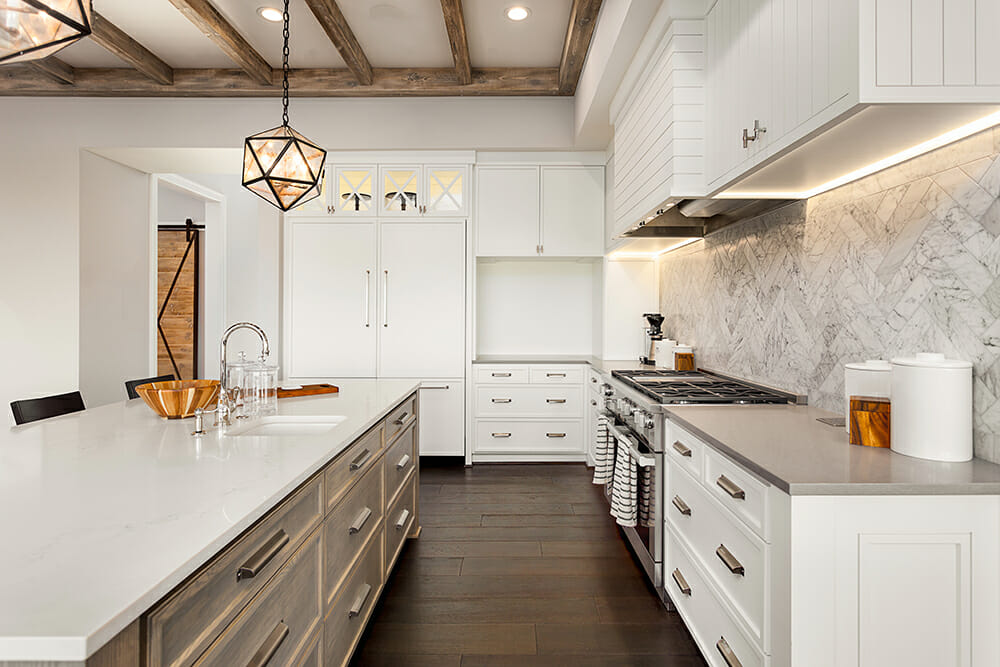In an era defined by rapid urbanization and technological advancement, the construction industry stands as a cornerstone of progress. The sector is not only responsible for creating physical structures but also for pioneering innovations that break traditional barriers and redefine possibilities. As the world faces complex challenges, construction services are evolving, leveraging technology and sustainable practices to build beyond boundaries and shape a better future.
Technological Integration
The integration of advanced technologies into construction services marks a significant leap forward. Building Information Modeling BIM, for instance, allows for the creation of detailed digital representations of physical and functional characteristics of places. This technology facilitates better planning, design, and construction management, resulting in higher efficiency and reduced costs. Drones and robotics are being utilized for site surveys, inspections, and even in the construction process itself, offering precision and safety that were previously unattainable. Additionally, 3D printing technology is revolutionizing the way we construct buildings, enabling the creation of complex structures with minimal waste and reduced construction time.

Sustainability and Environmental Responsibility
Sustainable construction practices are at the forefront of breaking barriers in the industry. As the global community becomes increasingly aware of environmental issues, the demand for green building solutions is rising. The goba elite builders are now prioritizing eco-friendly materials, energy-efficient designs, and renewable energy sources. Green buildings, with features like solar panels, green roofs, and rainwater harvesting systems, not only reduce the carbon footprint but also provide healthier living environments. These practices are paving the way for a more sustainable future, ensuring that the growth and development do not come at the expense of our planet.
Overcoming Geographic and Structural Challenges
Construction services are also breaking barriers in terms of geographic and structural limitations. In areas prone to natural disasters, innovative design and construction techniques are being employed to create resilient structures. For example, buildings in earthquake-prone regions are now designed with flexible materials and shock absorbers to withstand seismic activity. Similarly, in regions with extreme climates, construction services are developing adaptive designs that can endure harsh weather conditions, ensuring the safety and comfort of inhabitants. Moreover, construction projects are no longer confined to traditional land-based sites. Floating cities, offshore wind farms, and underwater habitats are becoming increasingly viable, showcasing the industry’s ability to adapt and innovate. These projects not only expand the habitable space on our planet but also open new avenues for resource utilization and economic development.
Enhancing Accessibility and Inclusivity
Breaking barriers also involves making structures more accessible and inclusive. Universal design principles are being integrated into construction projects to ensure that buildings are accessible to everyone, regardless of physical abilities. This includes features like ramps, wide doorways, and voice-activated controls. By prioritizing accessibility, construction services are contributing to a more inclusive society where everyone can navigate and utilize spaces with ease.
The construction industry is at a pivotal point, where breaking barriers is not just a goal but a necessity. Through the integration of technology, sustainable practices, innovative designs, and a focus on accessibility, construction services are revolutionizing the way we build. These advancements are not only enhancing efficiency and safety but are also contributing to a more sustainable and inclusive world.